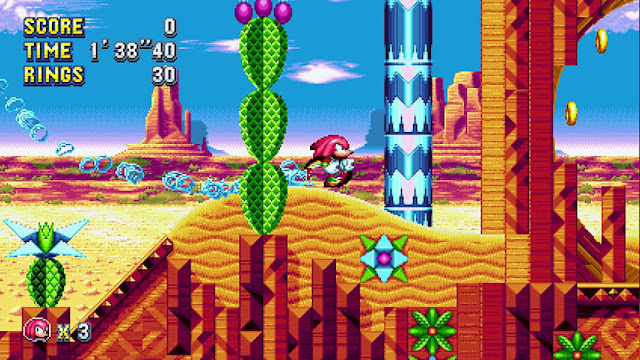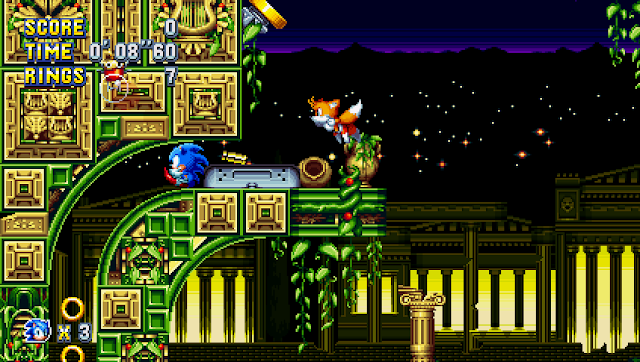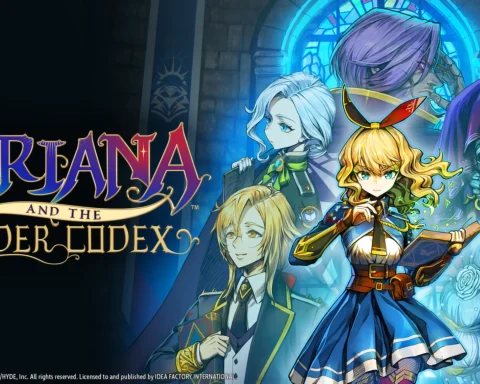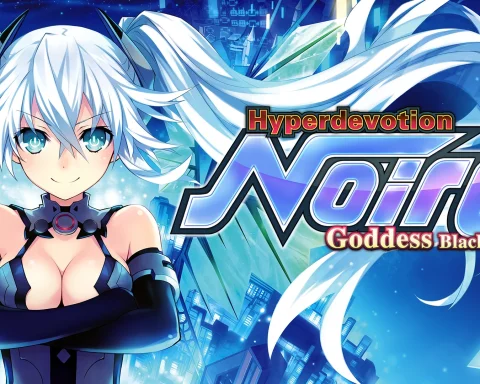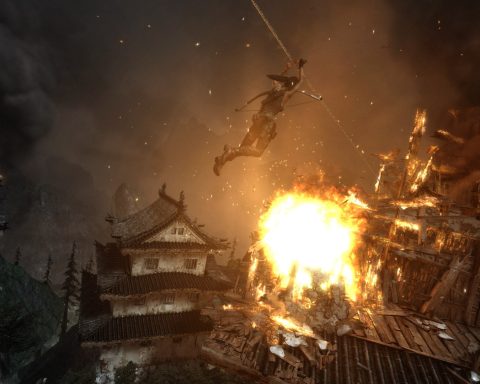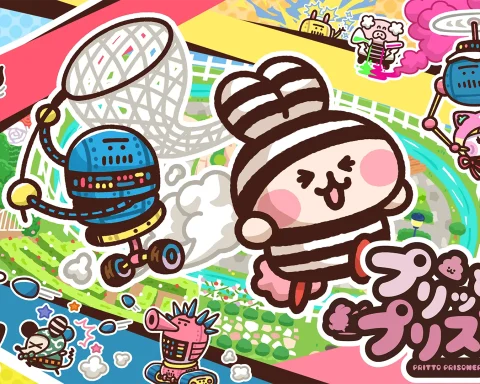Review by Clark A.
Sonic Mania is a 2D platformer 26 years in the making. No, it’s not because it took that long to develop the game. After all, its retro style is meant to loosely imitate hardware from the Sega Saturn era and its story occurs after a game from 1994. What I mean is that it took all these years for Sonic Team to shape the lives and interests of Sonic Mania’s eventual developers. Only with years of pent-up passion could this game exist.
Before diving into why Sonic Mania is a triumph, though, I’d like to point out that simply releasing a 2D Sonic game has never been a guarantee of AAA quality. Some of the problematic 2D outings date back to 1992 with Aspect’s version of Sonic 2 for the Game Gear. Sanzaru Games’ Sonic Boom titles tried to distinguish themselves by trading high speeds for plodding pseudo-puzzles that lacked both challenge and imagination. The Dimps-developed Sonic Advance series presented great moments of classic gameplay with subtle improvements, but even these fell below Sonic Team’s efforts of the early nineties due to design choices that contradicted Sonic’s skill set.
– Clark A.
Anime Editor




